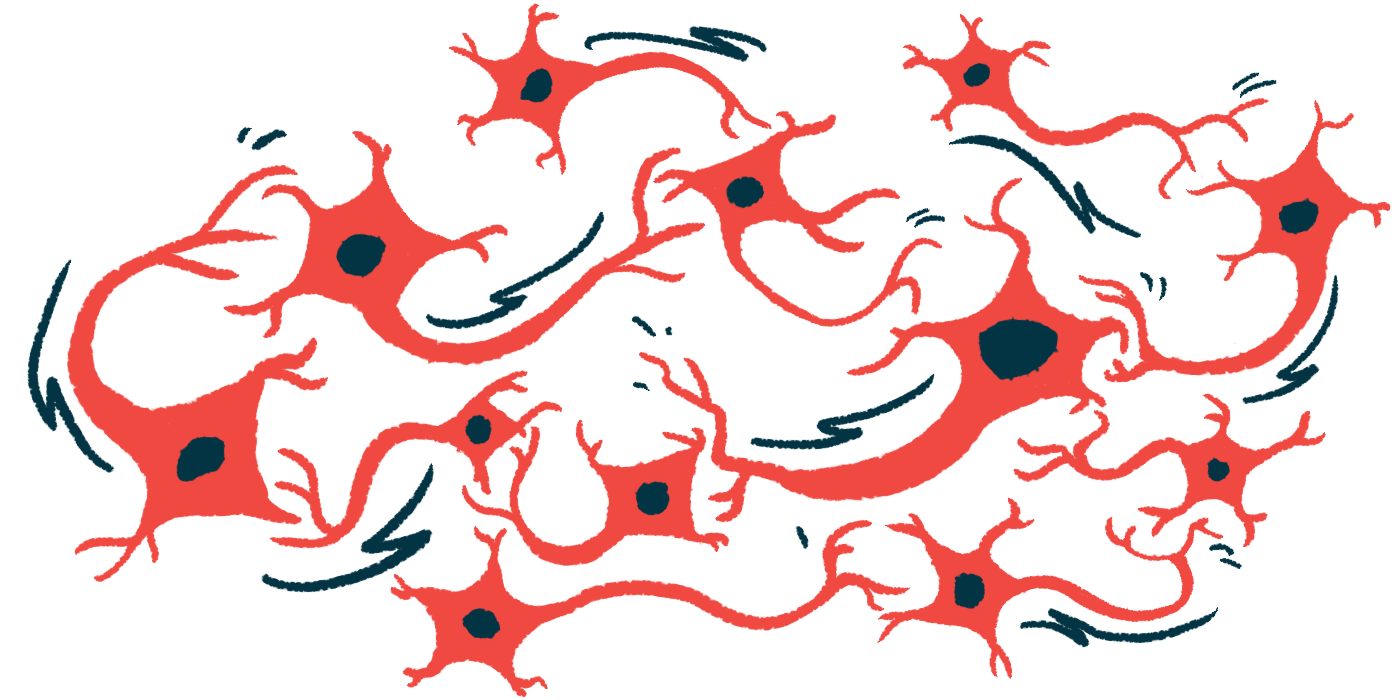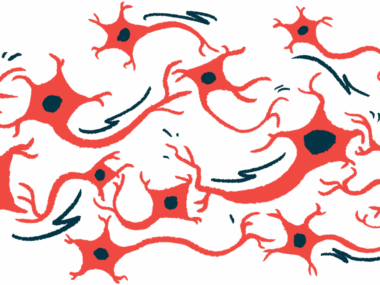CNM-Au8 seen to promote nerve health, survival in Rett cell model
Gold nanocrystal therapy aiming to aid mitochondria, cells' energy producers
Written by |

CNM-AU8, an experimental gold nanocrystal therapy from Clene Nanomedicine, was seen to significantly improve mitochondrial function and nerve cell health in a cell model of Rett syndrome.
Preclinical findings were detailed at the International Rett Syndrome Foundation 2024 Annual Meeting in Westminster, Colorado, in the presentation “CNM-Au8, a Candidate First-in-Class Nanotherapeutic for Treatment of Rett Syndrome.”
“These preliminary data suggest that CNM-Au8 may treat Rett syndrome by potential rescue of mitochondrial dysfunction, thereby promoting neuronal health, survival, and synaptic structure,” Karen Ho, PhD, Clene’s vice president of translational medicine, said in a company press release. Synapses are the points of contact where neurons (nerve cells) communicate.
CNM-Au8, supporting mitochondria, is in clinical trials for ALS, MS
A leading cause of Rett syndrome is mutations in the MECP2 gene that provides instructions to produce the MeCP2 protein, which plays a key role in brain development and function by regulating the activity of other genes.
Previous studies have shown that Rett syndrome affects the workings of mitochondria, a cellular energy producer, in nerve cells. CNM-Au8 is an oral liquid suspension of gold nanoparticles designed to improve mitochondrial function and energy production in the nervous system, including in neurons and oligodendrocytes, supporting neuronal health and function.
Oligodendrocytes are cells that produce the myelin sheath in the central nervous system (brain and spinal cord), a protective coating around nerve fibers that helps them send electric signals more efficiently. Loss of myelin, or demyelination, is a common feature of several neurological diseases.
This early cell work indicated that CNM-Au8 significantly improved neuronal health and survival, and increased the length of neurites, the cell body projections (axons and dendrites) that nerve cells use to communicate with other nerve cells.
CNM-Au8 also was reported to rescue mitochondrial deficits in astrocytes — cells in the nervous system that support the functioning of neurons — derived from Rett patients.
The study was conducted in collaboration with Kathrin Meyer, PhD, now with Alcyone Therapeutics, and her Nationwide Children’s Hospital research team while she was an investigator at that Columbus, Ohio, hospital. It was supported by the Baby Eleanor Foundation.
The treatment also is being developed for amyotrophic lateral sclerosis (ALS) and multiple sclerosis (MS). Benefits seen in clinical trials of CNM-Au8 for ALS and CNM-Au8 studies in MS patients have included a lower risk of death, and signs of better nerve and myelin health.
“Rett Syndrome has a disease mechanism that shares some common features with both ALS and MS. Dysfunctional energy metabolism, glutamate excitotoxicity [toxic effects on nerve cells of the chemical messenger glutamate], demyelination, and mitochondrial dysfunction are all hallmarks of challenges faced by the nervous system in all three of these diseases,” Ho said.
“If CNM-Au8 proves to be a successful treatment for Rett syndrome, this will add further affirmation to Clene’s central thesis: that CNM-Au8 … holds promise as a potential treatment for multiple diseases of the nervous system,” she added.






